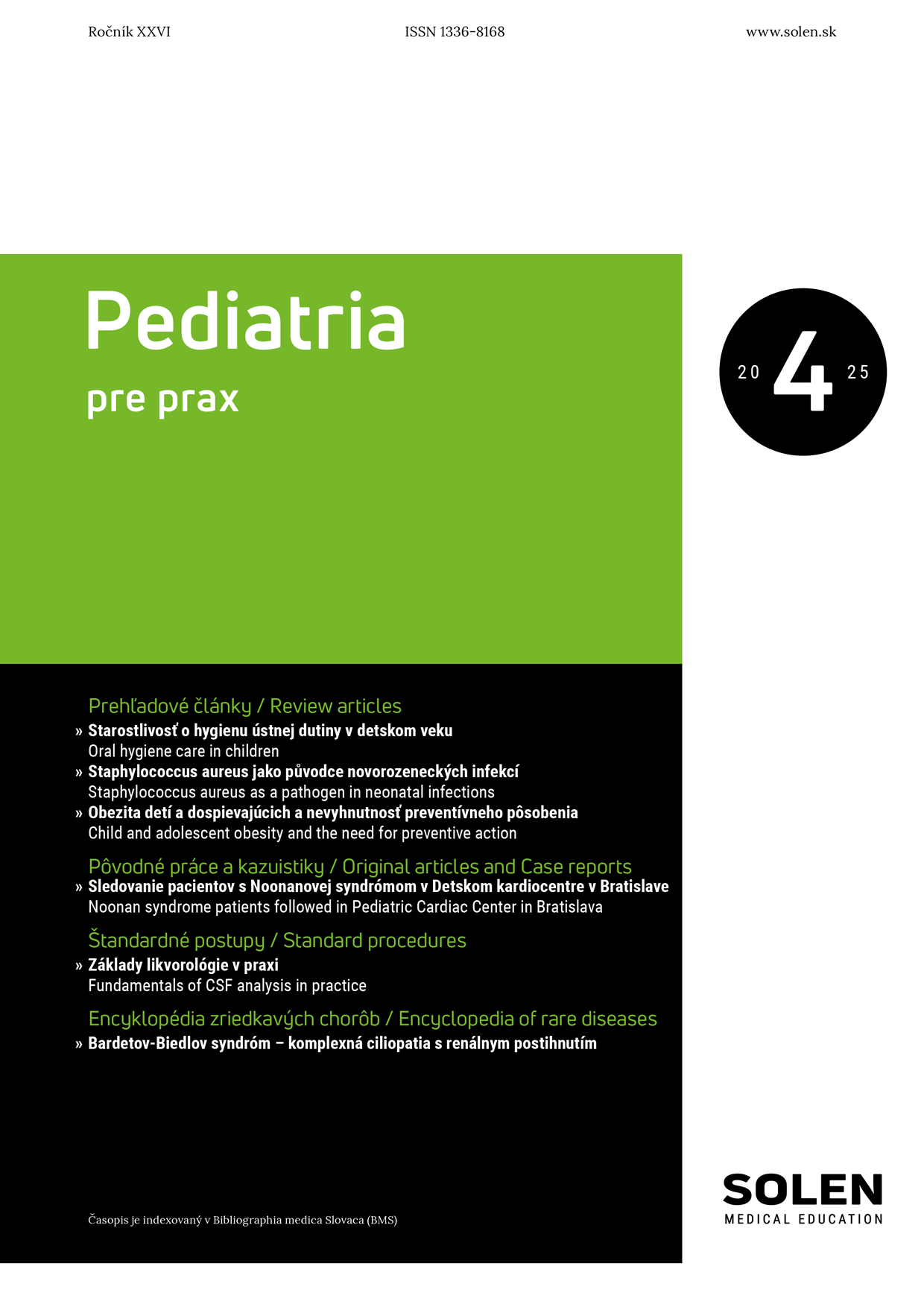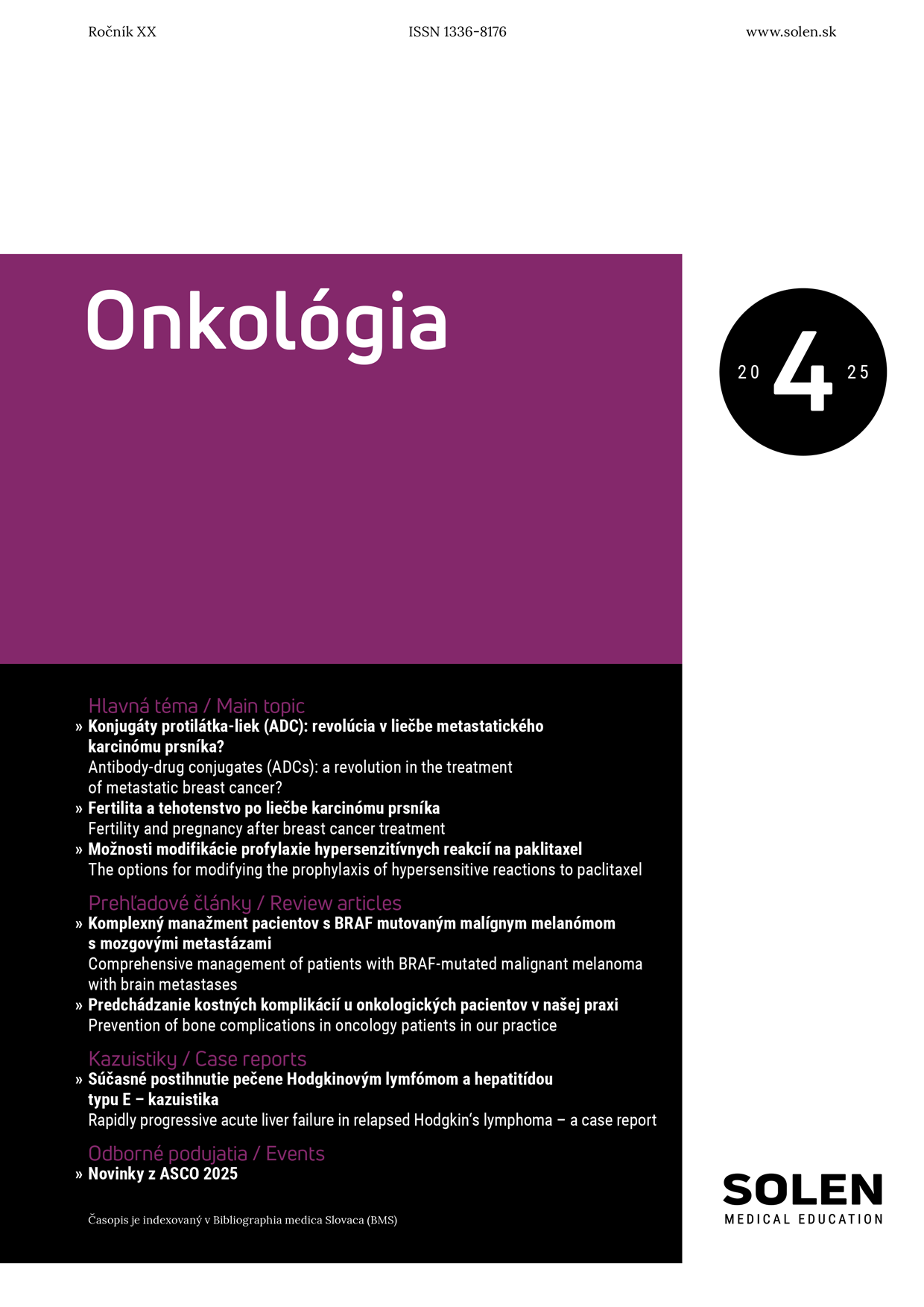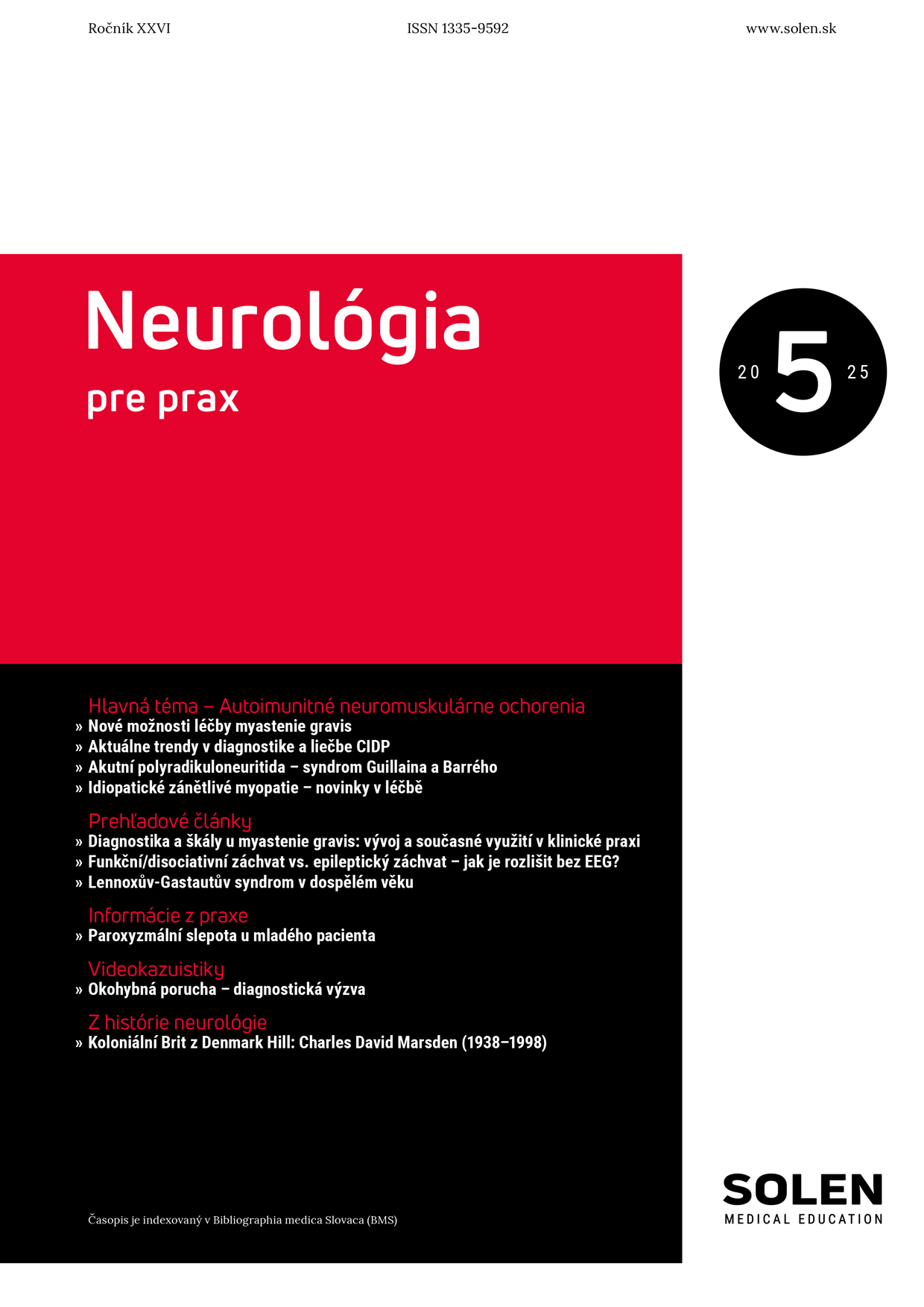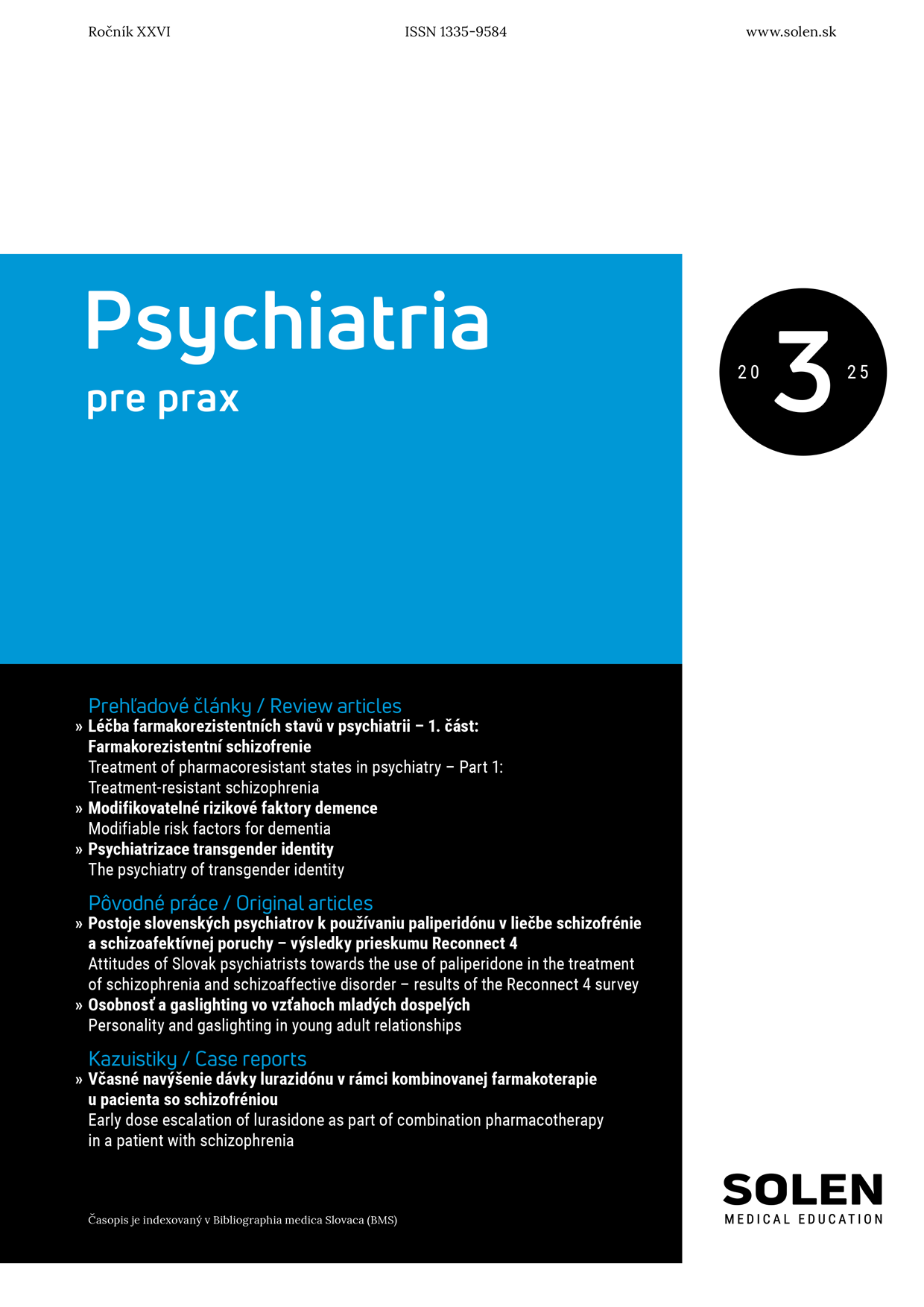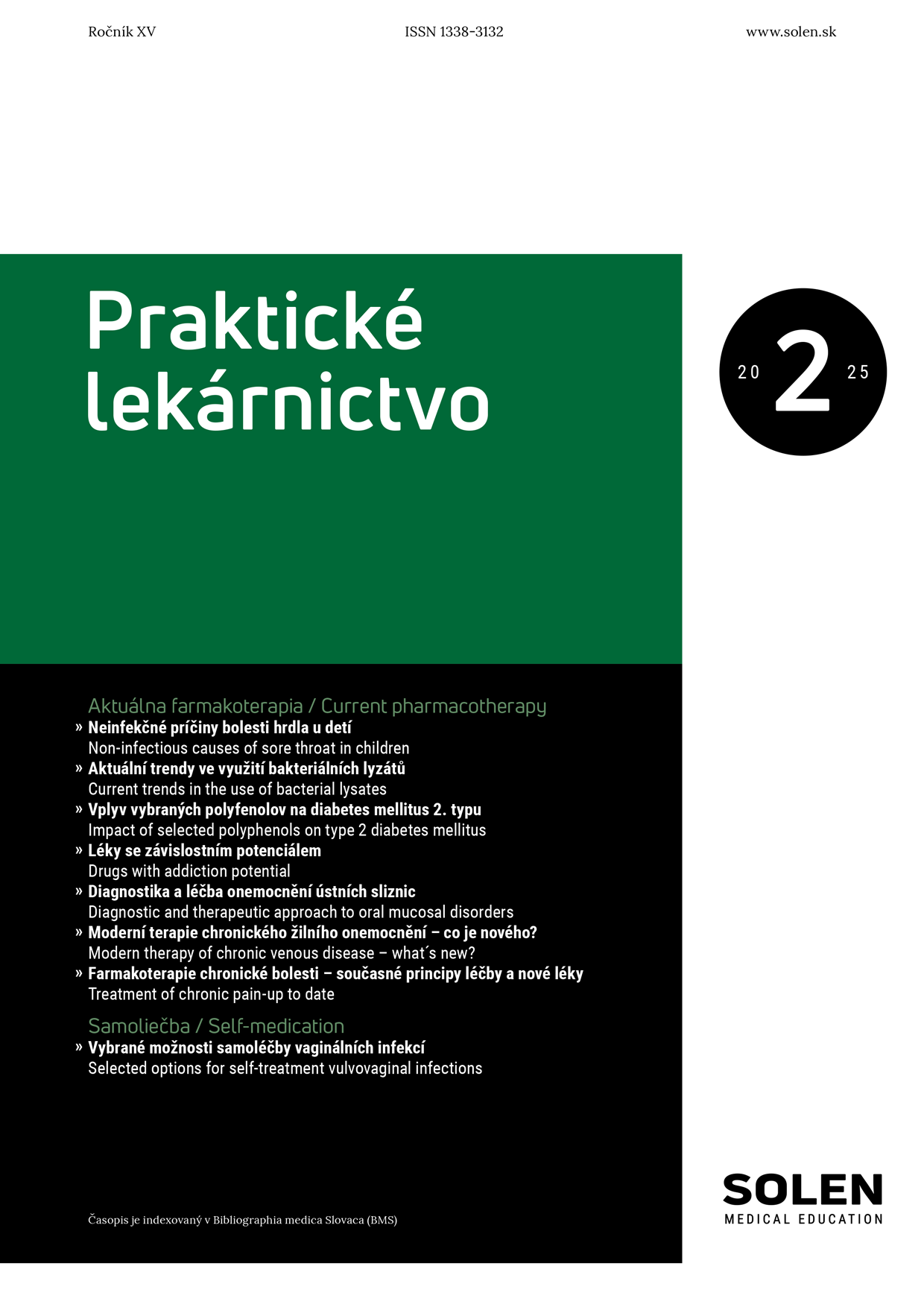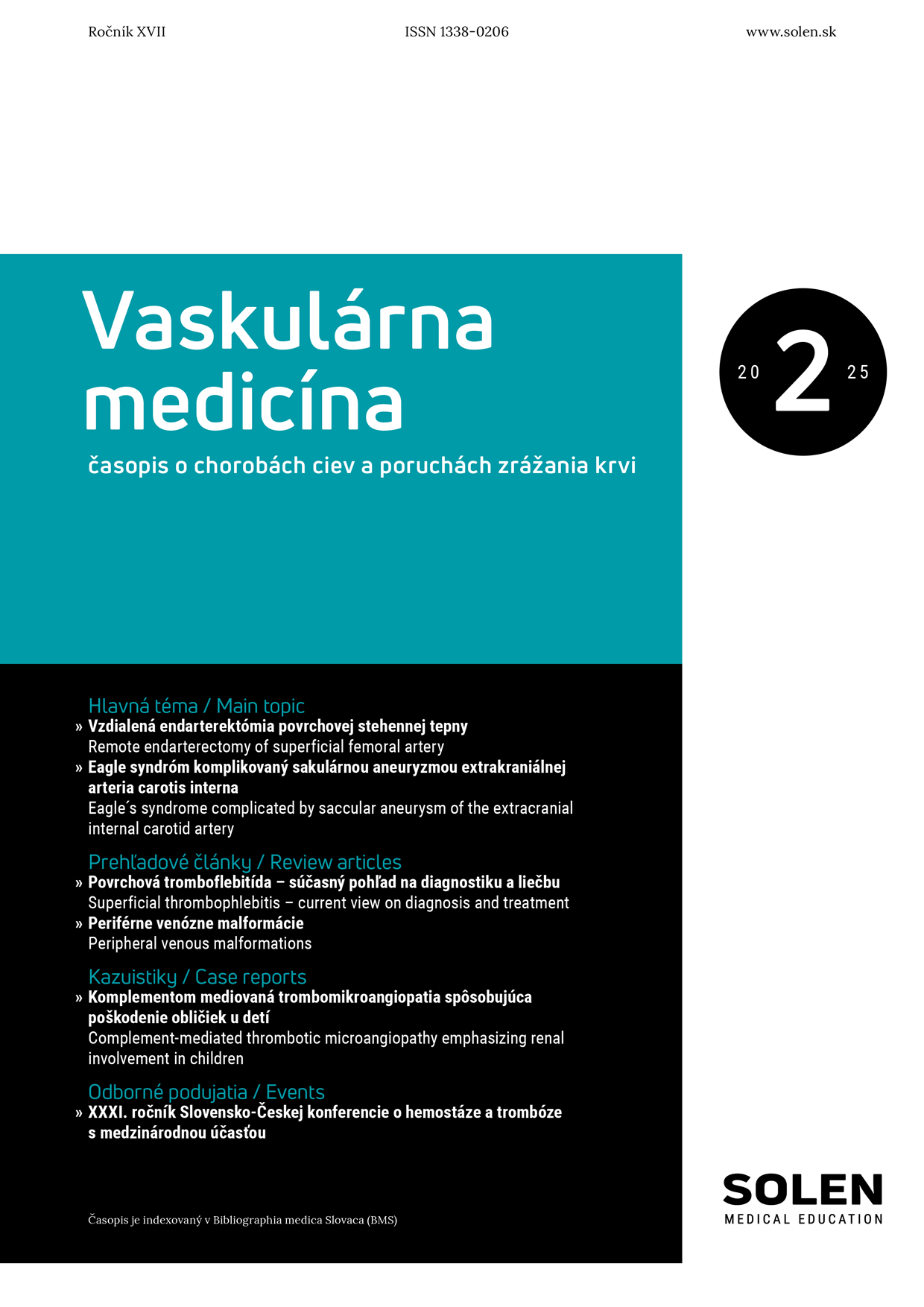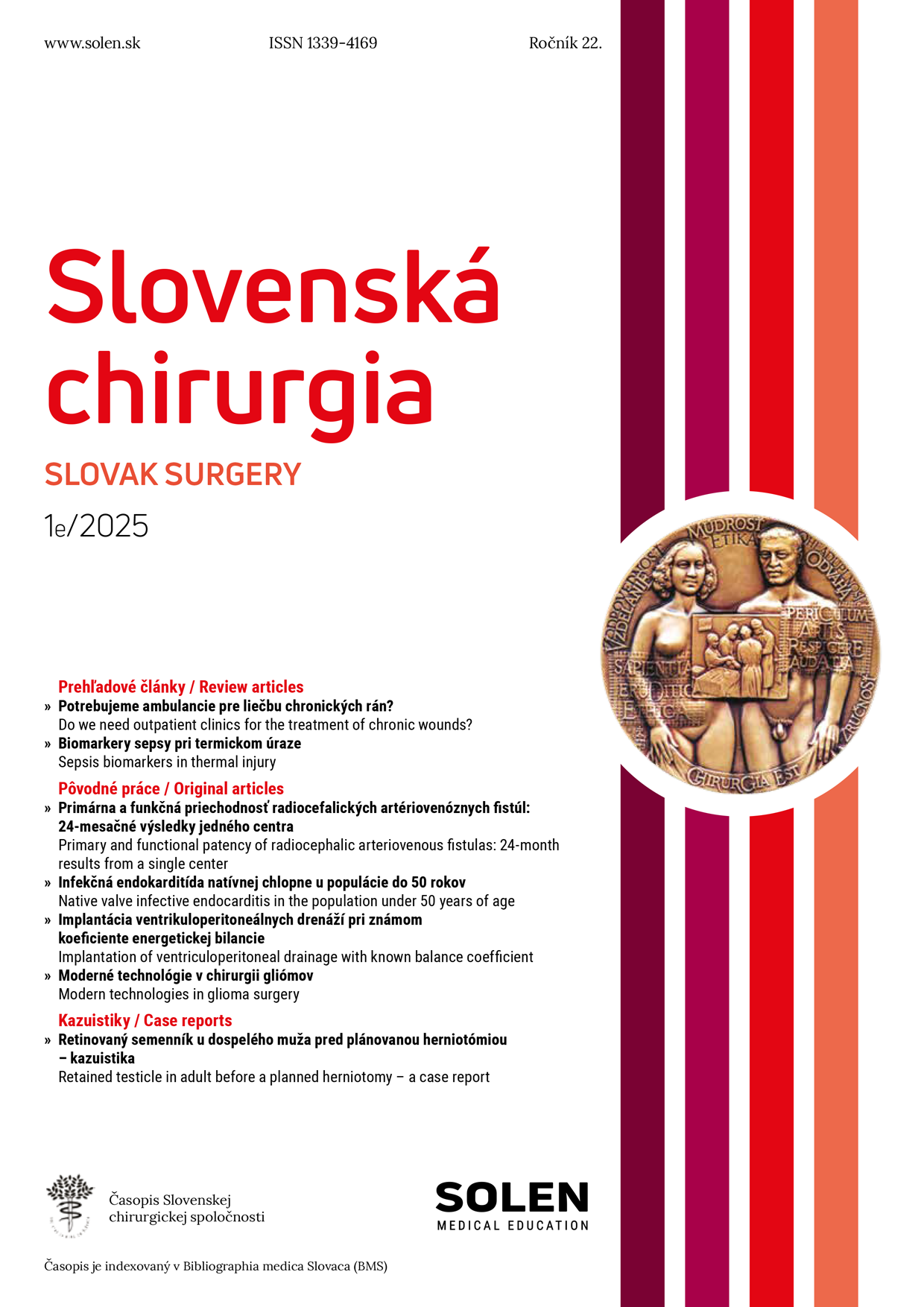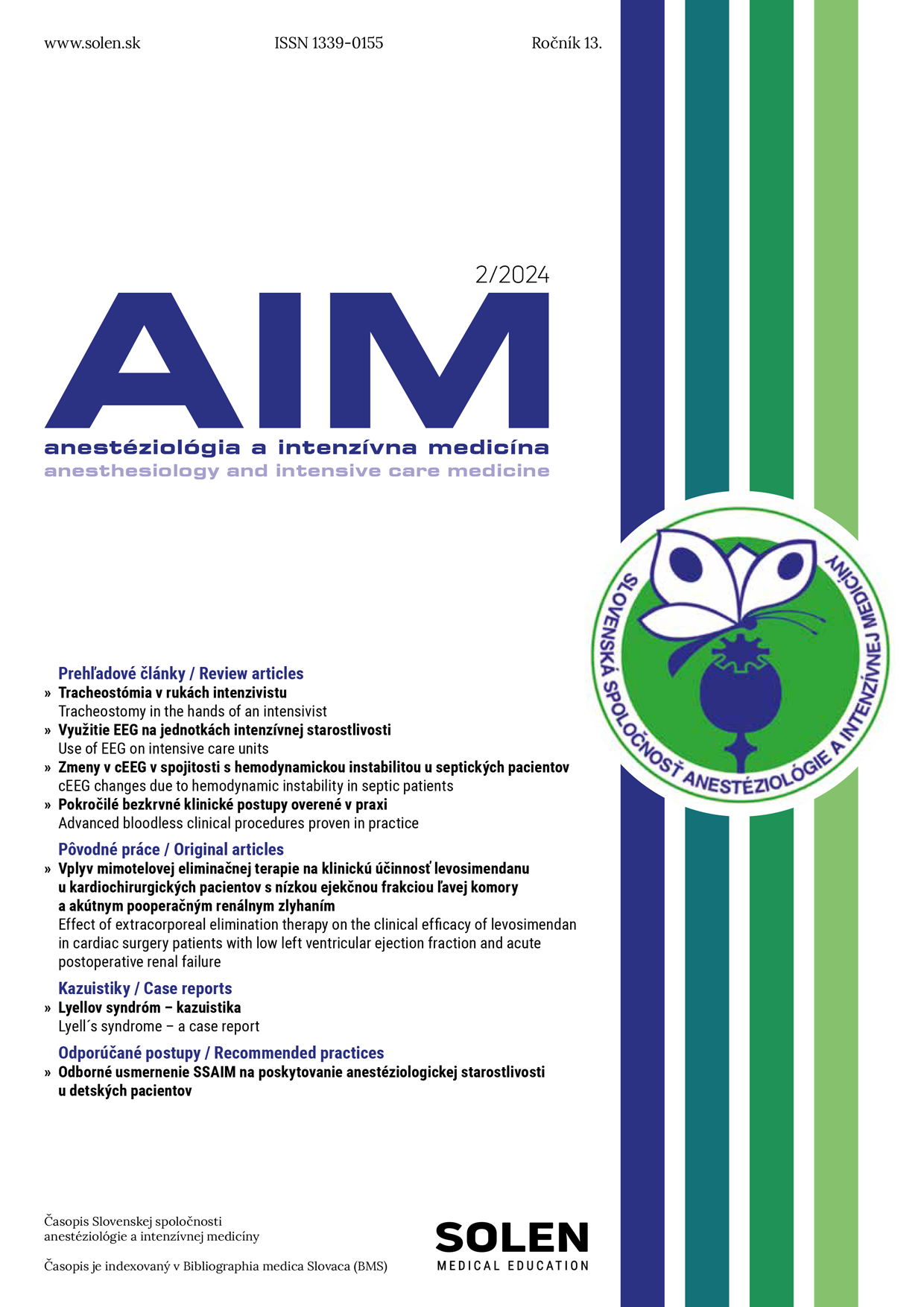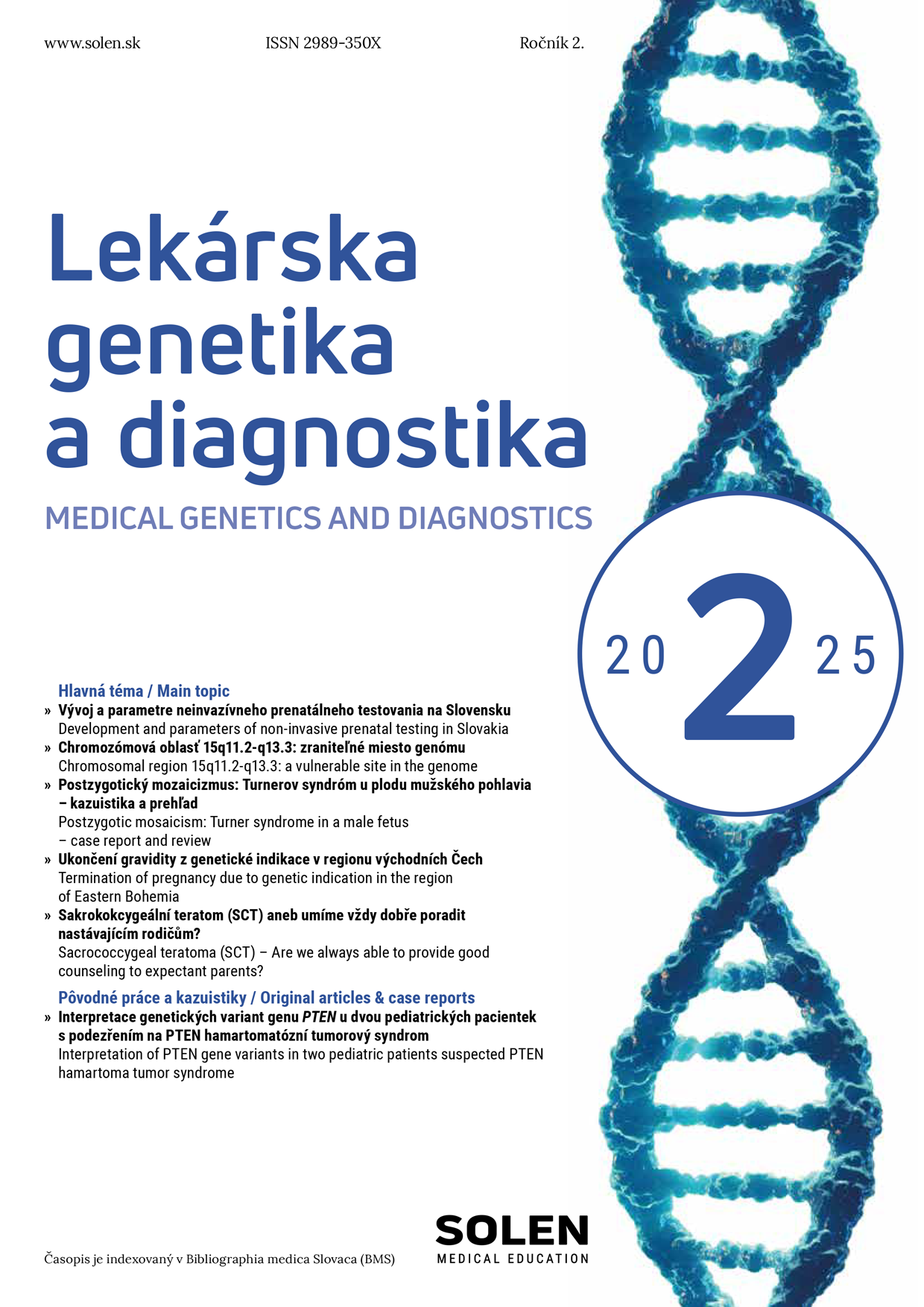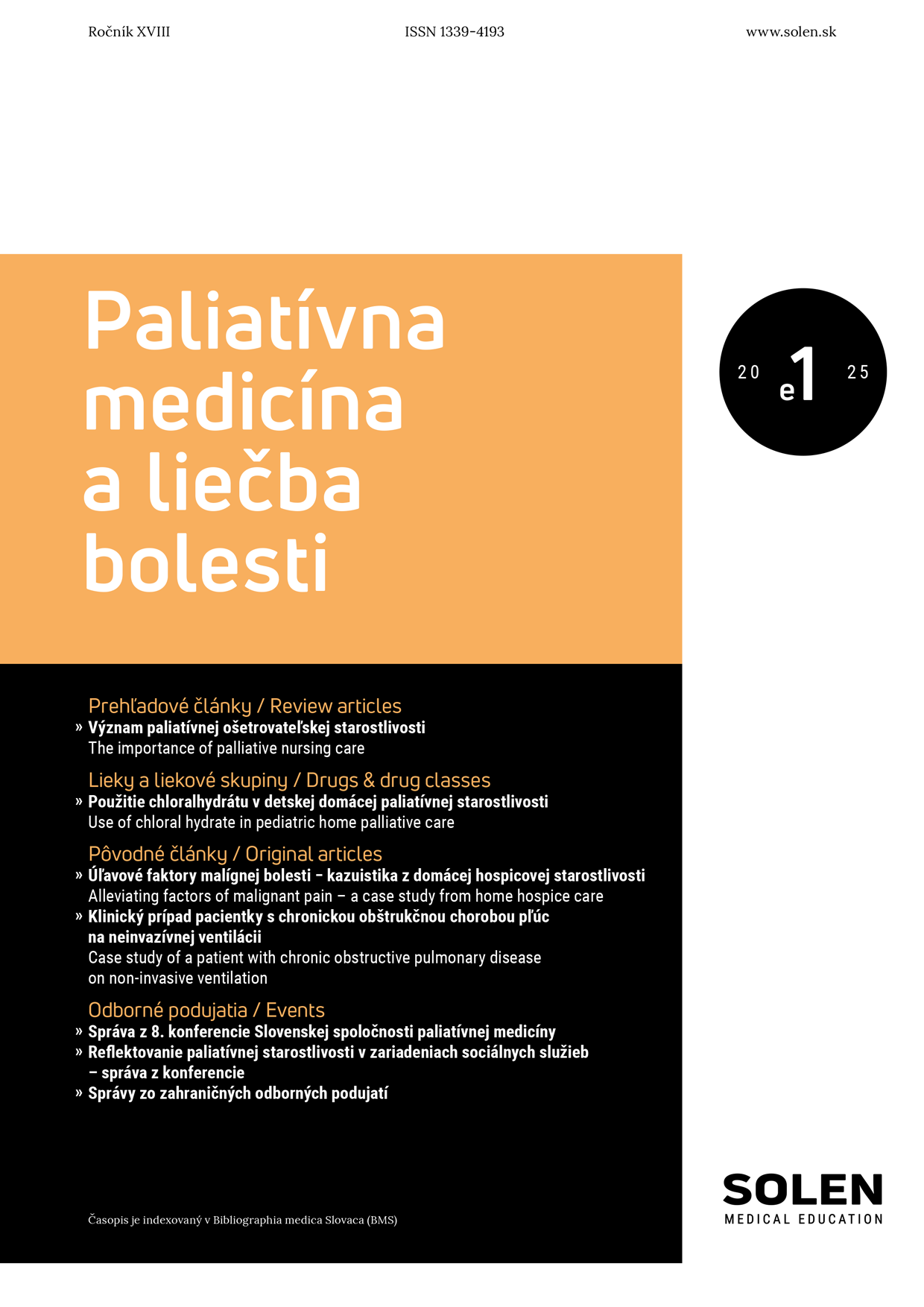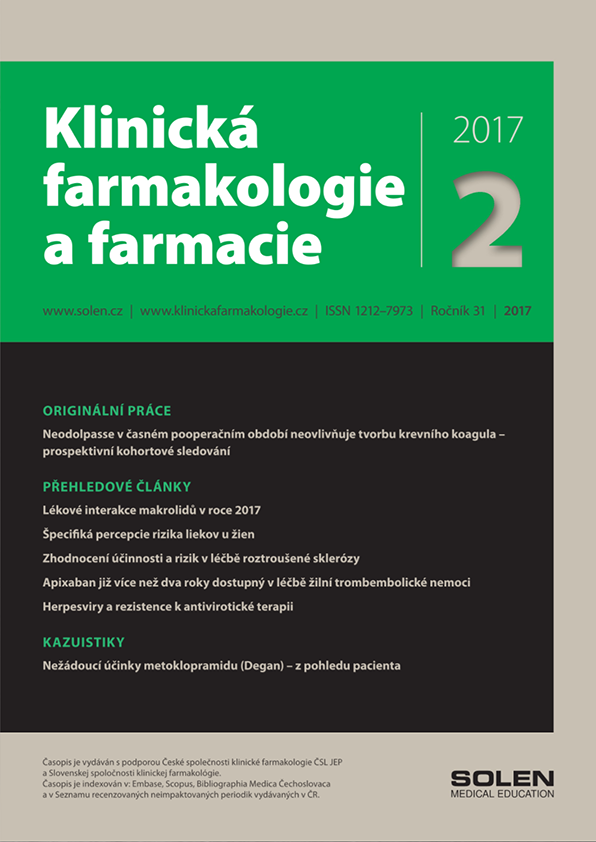Dermatológia pre prax 2/2025
Papulosquamous eruption in a 7-year-old boy
Introduction: Papulosquamous eruptions represent a heterogeneous group of dermatological conditions that require careful differentiation based on clinical presentation and histopathological examination. Case report: We report the case of a 7-year-old boy who developed a confluent papulosquamous eruption following an upper respiratory tract infection. Based on the clinical features, supported by histopathological findings, the patient was diagnosed with a rare dermatosis – pityriasis rubra pilaris. Conclusion: Pityriasis rubra pilaris is an uncommon, chronic papulosquamous skin disorder of unknown etiology. The disease is clinically characterized by follicular keratotic papules, erythematosquamous plaques with pityriasiform scaling, and palmoplantar hyperkeratosis. A distinctive feature is its potential progression to erythroderma, often with characteristic “islands” of unaffected skin. Treatment of pityriasis rubra pilaris is frequently challenging. First-line systemic therapies include oral retinoids. In cases with an inadequate response, alternative immunosuppressive or immunomodulatory agents such as methotrexate, cyclosporine, azathioprine, narrowband UVB phototherapy, or intravenous immunoglobulins may be considered. In refractory cases, biologic therapies have been reported in the literature, particularly inhibitors targeting TNF-alpha, IL-12/23, IL-17, and IL-23. Although rare, pityriasis rubra pilaris should be considered in the differential diagnosis of papulosquamous eruptions in children, especially in the context of post-infectious onset. Accurate diagnosis supported by histopathology is essential for appropriate management.
Keywords: pityriasis rubra pilaris, erythroderma, palmoplantar keratoderma, hyperkeratotic papules, retinoids


